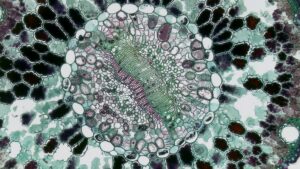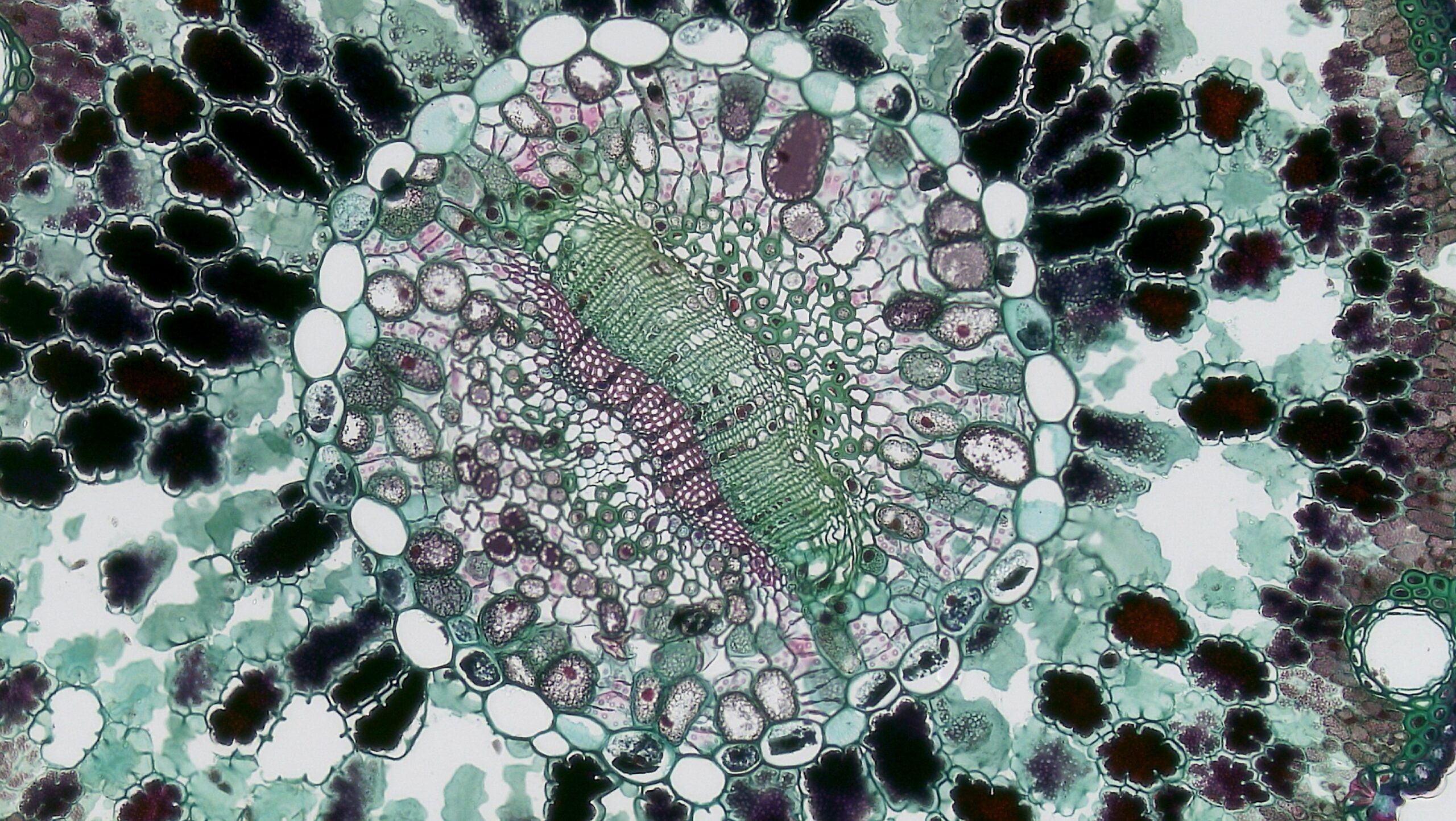Guillain barre syndrome is a disorder in which autoimmune reactions occur causing our immune system to attack the nerves of our own body. It is the most common neuronal disease with a sudden onset. This disease is considered as a medical emergency and all patients require immediate hospitalization for treatments.

Most of the times patients with this disease show a complete recovery, although fatal outcomes also have been there. Normally within a period of six months the symptoms get reduced and the patients become able to walk again although some patients take several years for recovery.
Etiology
Exact cause for the onset of this disease is not yet identified. But most often it occurs 1-3 weeks after an infection which is most of the times a viral infection and has mild symptoms.
There are few of the viruses that can result in onset of Guillain Barre syndrome.
- Covid 19
- Gastrointestinal and respiratory infections
- Zika virus
Signs and Symptoms
Initial symptoms can progress becoming worse and progressing towards other muscles for a duration of six weeks. The most severe symptoms and signs occur during the second week after onset of symptoms.
Few of the symptoms are
- Lower back pain
- A tingling sensation which feels like pins and needles in your fingers, toes, ankles or wrists
- Initially weakness in your legs that spreads to your upper body later
- Unsteadiness when walking or inability to climb stairs
- Difficulty with facial movements, including speaking, chewing or swallowing
- Double vision or inability to move the eyes
- Severe pain in muscles that may feel achy or cramp like which become worse at night
- Bladder and bowel functioning become defaulted
- Low or high blood pressure
- Difficulty in breathing
Who is at Risk of Getting the Guillain Barre Syndrome?
- Most commonly the people who get respiratory or gastrointestinal infections are more prone to get this.
- Few of those viruses include Influenza virus, Cytomegalovirus, Epstein-Barr virus, Zika virus, Hepatitis A, B, C and E and HIV.
- Surgery and trauma can also trigger the disease.
Complications
- Difficulties in breathing is the main complication, due to weakness in respiratory muscles which make the patients dependent on a machine for breathing.
- Fluctuations in blood pressure and abnormal rhythms of heart rate can occur
- Sever nerve pain can make patients suffer a lot which can be eased through pain killers
- As patients become immobile for a long duration due to the disease, they can develop blood clots which can occlude major blood vessels. Also, these patients can develop pressure sores.
Diagnosis
Doctors will initially assess you using the history and clinical examination. In the history symmetrical weakness of recent onset, progressed within a duration of approximately four weeks is considered as a positive finding for Guillain Barre Syndrome. They will assess the functioning of nerves and muscles.
Sometimes the deep tendon reflexes as knee jerk can get absent in this condition.
Nerve conduction velocity test and cerebrospinal fluid analysis for increased proteins without increased cell counts are the other two specialized investigations that can be used for diagnosis.
Management of Guillain Barre Syndrome
An exact treatment method is not yet identified for this disease, although several treatments including supportive care can ease symptoms and reduce the duration of the illness.
Pharmacological Management
- Plasmapheresis in which the liquid part of the blood which is called as plasma is extracted from the body and treated before re inserting to the body. This way the antibodies in the plasma that damage nerves can be removed from body reducing the progression of disease.
- Intravenous immunoglobulins and oral cortex are also proven to be beneficial as treatment methods.
Supportive Care for Guillain Barre Syndrome
- Support of a mechanical ventilator may be required if the patient is having breathing difficulties.
- Also, removal of secretions from mouth and throat in order to minimize the negative symptoms as chocking and drooling which can cause aspiration pneumonia.
- Rehabilitation may require support of a physiotherapist, occupational and vocational therapists to improve the quality of life in such patients who are recovering from this disease.
References
- Kumar and Clerk’s Clinical Medicine -8th Edition- Parveen Kumar, Michael Clark
- Oxford Handbook of Clinical Medicine – 10th Edition

